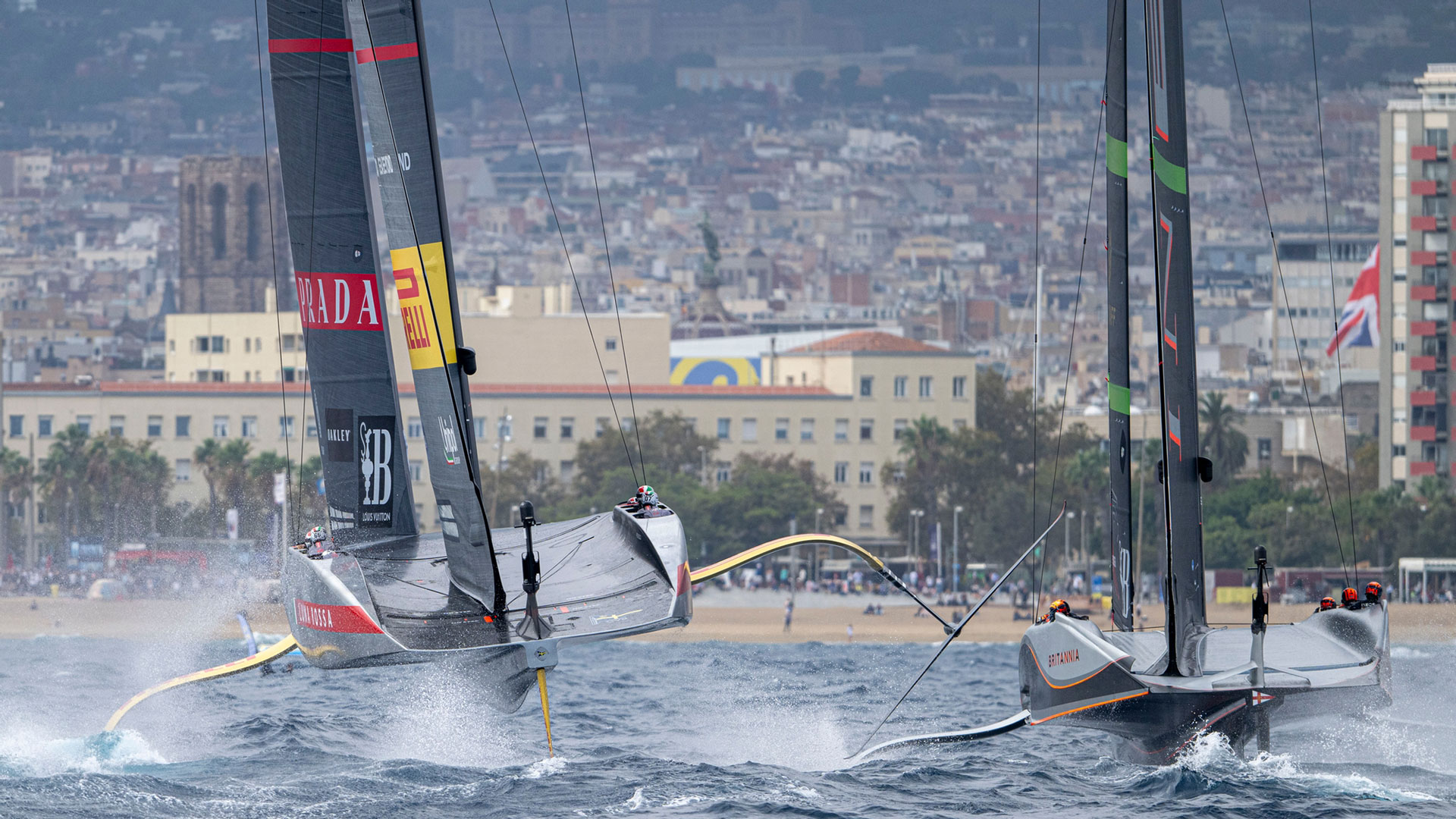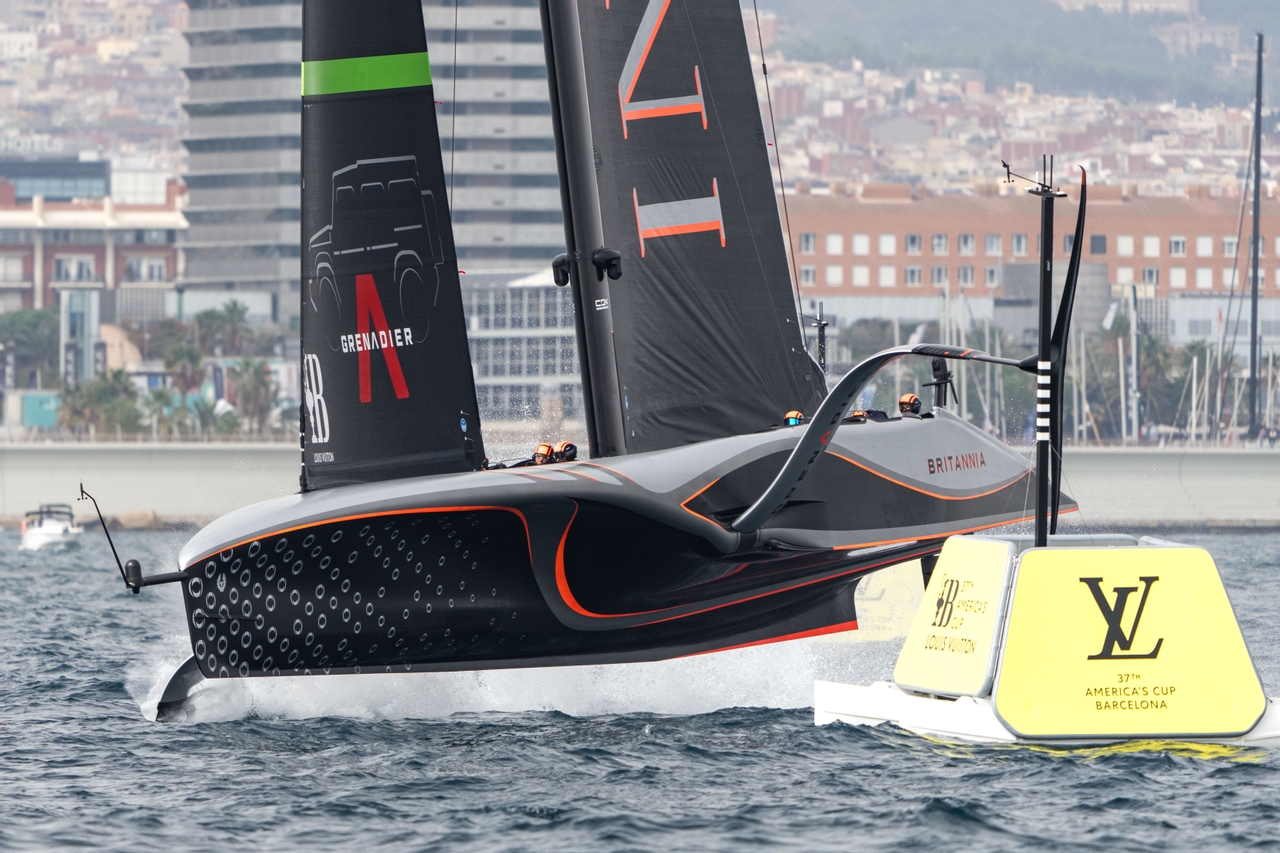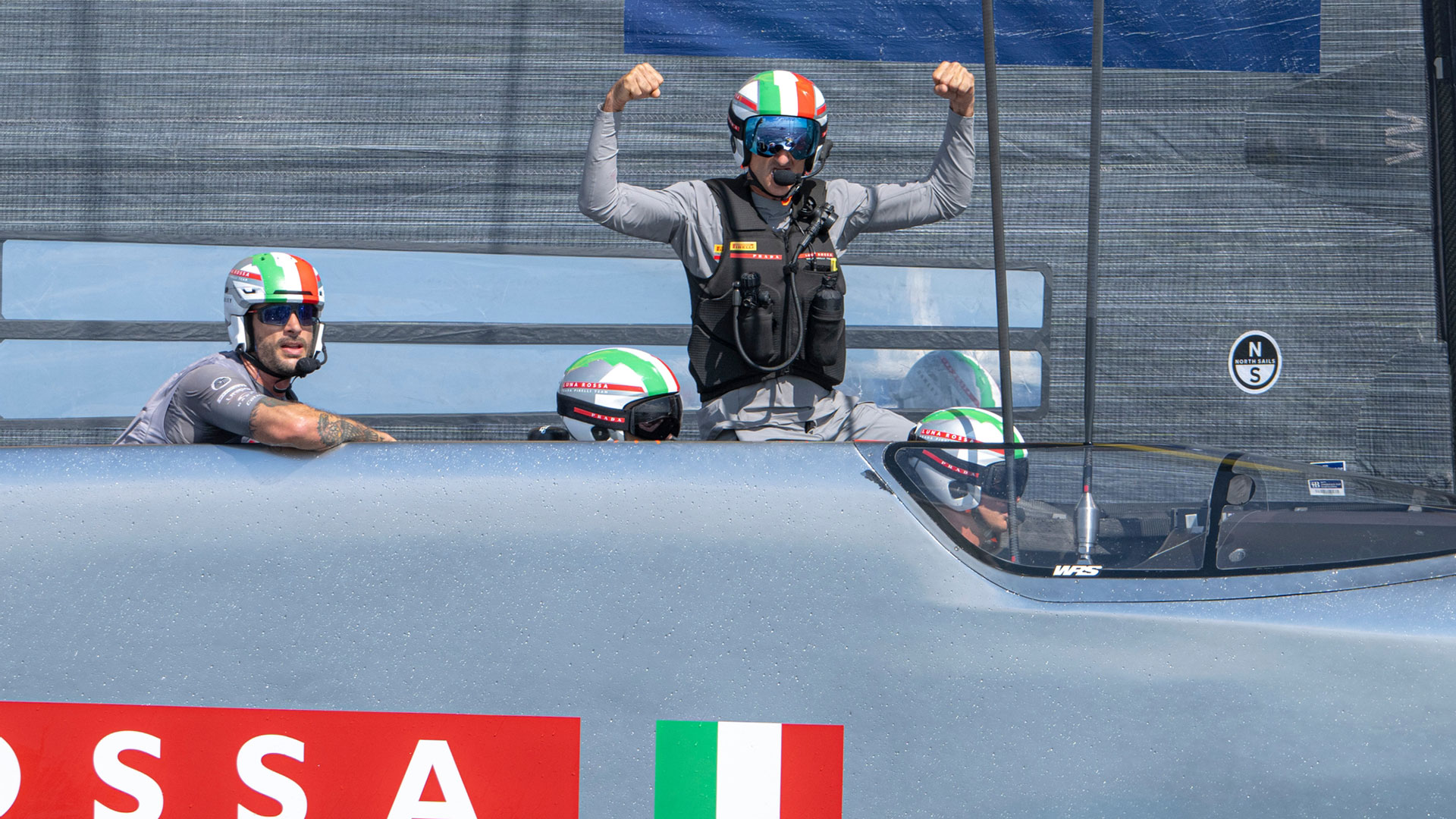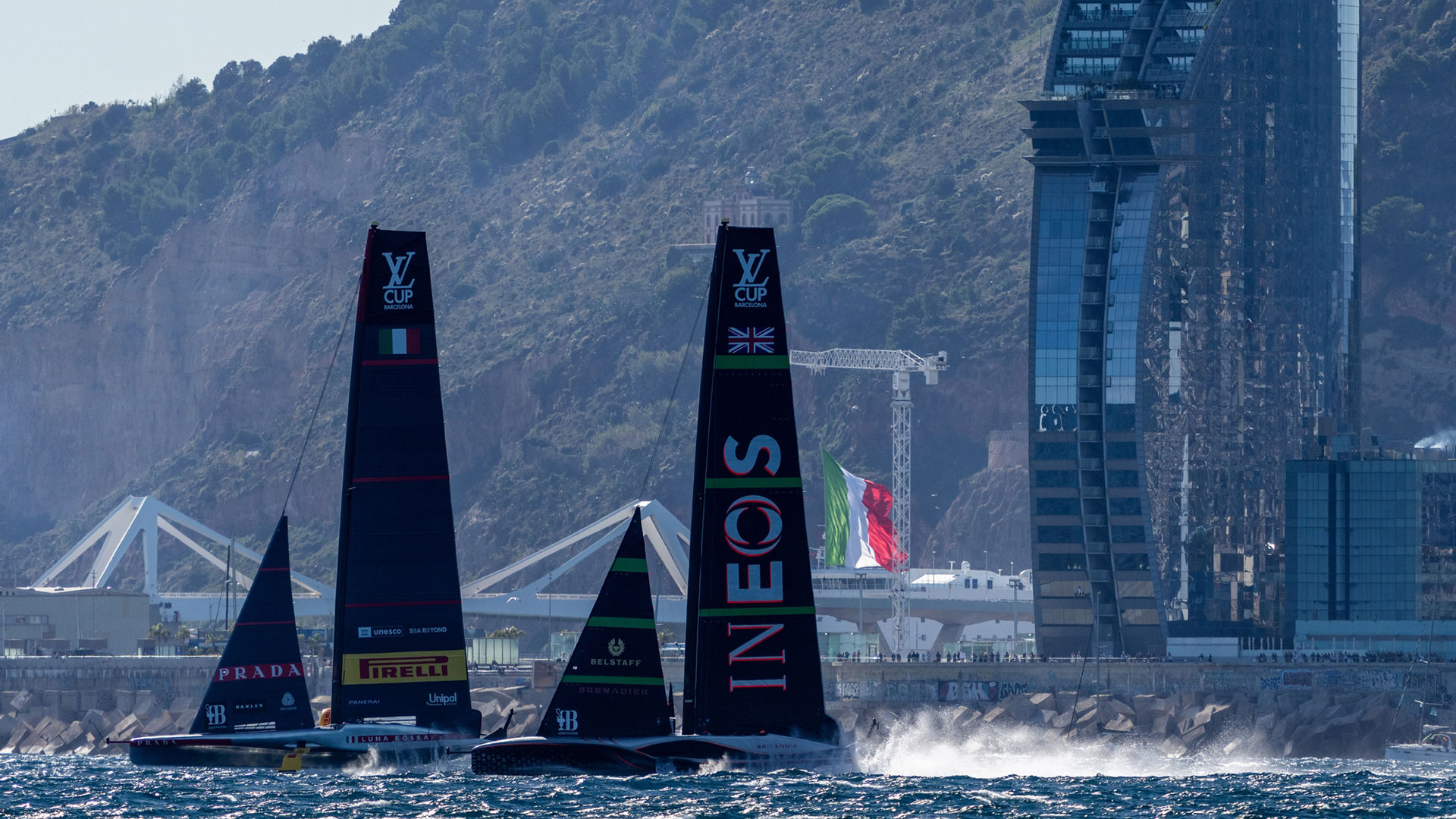
The Rules of Racing in the America's Cup
The America's Cup, the oldest competition in international sports and one of the most coveted events in the world of sailing, is characterized by a set of strict and complex rules that govern every aspect of the competition. The current edition, taking place in Barcelona, is no exception, and understanding these rules is essential to appreciating the magnitude and skill of this sport.
1. The Protocol and Competition Rules
The America's Cup follows a specific "Protocol", a legal document that establishes the general rules of the competition. This Protocol is agreed upon between the defender of the title (the team that won the Cup in the previous edition) and the first challenger (challenger of record), and defines aspects such as the date, location, and type of boats to be used.
In the current edition, AC75 boats have been standardized—75-foot foiling monohulls that combine speed and advanced technology. These boats are extremely fast and maneuverable, adding an extra layer of complexity to the race.
2. Competition Phases in the America's Cup in Barcelona
The current America's Cup competition in Barcelona is structured in several phases that determine the path to the final. These are:
Challenger Selection Series: This phase, also known as the Prada Cup, is the series of races where the challenging teams compete against each other to win the right to face the title defender in the actual America's Cup. This phase is divided into several rounds of races, including round robins, semifinals, and the challenger's final.
Round Robins Phase: During this phase, all challenging teams compete against each other in a series of races. Performance in this phase is crucial as it determines the ranking of the teams and their advancement to the semifinals.
Semifinals and Challenger's Final: The top-ranked teams after the round robins advance to the semifinals, where they face off in knockout series. The winners of the semifinals meet in the challenger's final, whose winner earns the right to compete against the defender in the America's Cup.
America's Cup Match: This is the final and decisive phase of the competition. The winning challenger from the selection phase faces the title defender in a series of races, best of 13 (the first to win 7 races is the champion). In this stage, tension and strategy are at their peak, as the winner takes home the most prestigious trophy in sailing.
3. Racing Rules of Sailing (RRS) and the Variations for the America's Cup
The races in the America's Cup are primarily governed by the Racing Rules of Sailing (RRS), a set of rules established by the International Sailing Federation (World Sailing). However, this event also has its own modifications and adaptations to suit the specifics of the competition.
Some key rules include:
Right of Way: In America's Cup races, right-of-way rules are fundamental to avoid collisions and penalties. The boat on the right-hand side (starboard) generally has the right of way over the one coming from the left (port). Additionally, there are strict rules about when and how boats can force a maneuver on the opponent.
Racecourse Limits: The America's Cup racecourse is marked by virtual boundaries. Boats must stay within these limits, and going outside them can result in penalties. This rule ensures the competition stays within a predefined area, which is crucial for both safety and event visibility.
Penalty System: Rule violations can result in penalties that are usually served by performing a 360-degree turn. In the America's Cup, these penalties can be served in different ways depending on the situation, but the most common is that the penalized boat must slow down until the opponent has gained sufficient ground.
4. The Role of the Race Committee
The Race Committee plays a crucial role in overseeing and enforcing the rules during the competition. This committee is responsible for setting the racecourse, judging whether rules have been infringed, and determining the corresponding penalties. The committee uses a combination of on-water judges and advanced technology, such as real-time GPS tracking, to ensure fairness and accuracy in decision-making.
5. The Importance of Wind and Weather Conditions
In a race, wind is the most determining factor. The rules establish different procedures to adjust the competition according to weather conditions. If the wind is too weak, the race may be postponed or canceled, as the boats need a certain wind speed to "fly" over the water using the foils. On the other hand, if the wind is too strong, it can become dangerous, and the race may also be suspended.
6. Strategy and Tactics in the America's Cup
Knowledge and effective application of the racing rules are fundamental for strategy and tactics in the America's Cup. Teams must not only maneuver their boats according to the wind and sea conditions, but also do so within the limits of the rules to avoid penalties. This requires impeccable communication and precise coordination among the crew members.
The America's Cup is not just a test of speed and technical skill, but also of a deep understanding of the rules and strategy. Each team must master an extensive set of rules that not only define how the race is run but also how it is won. In the current edition in Barcelona, the combination of advanced technology, weather conditions, and complex tactical strategies, all within the framework of strict racing rules, promises to deliver an unparalleled spectacle for sailing fans around the world.













_v2.svg)
_v2.svg)









_v2.svg)


